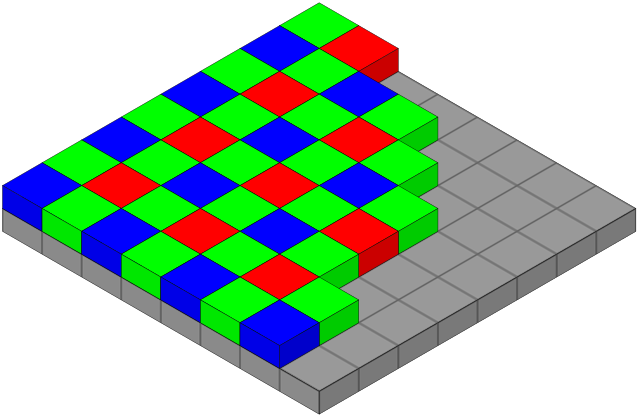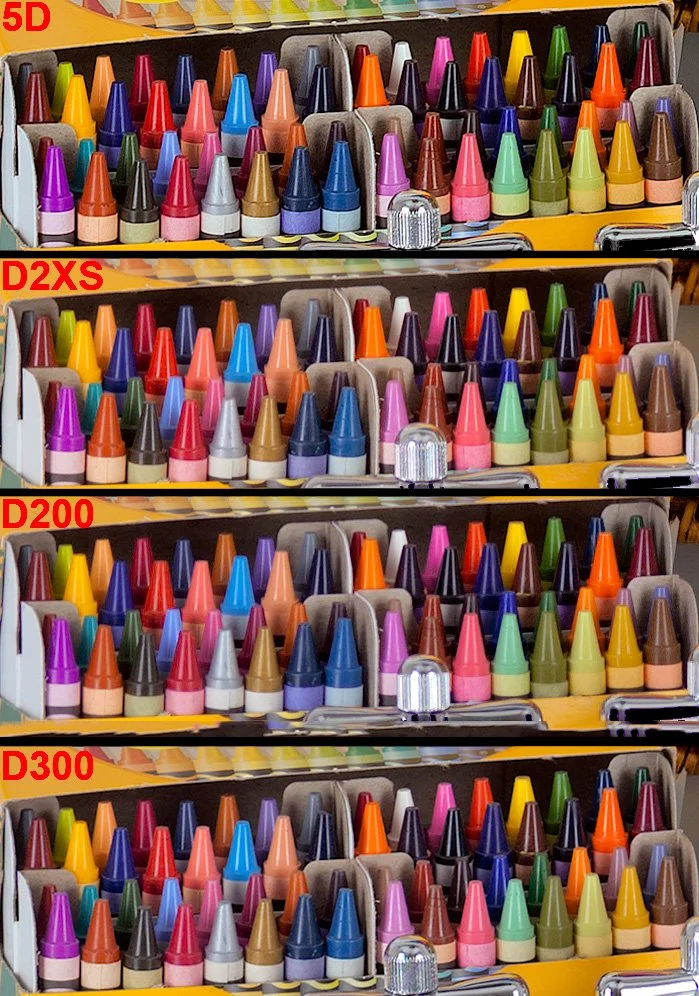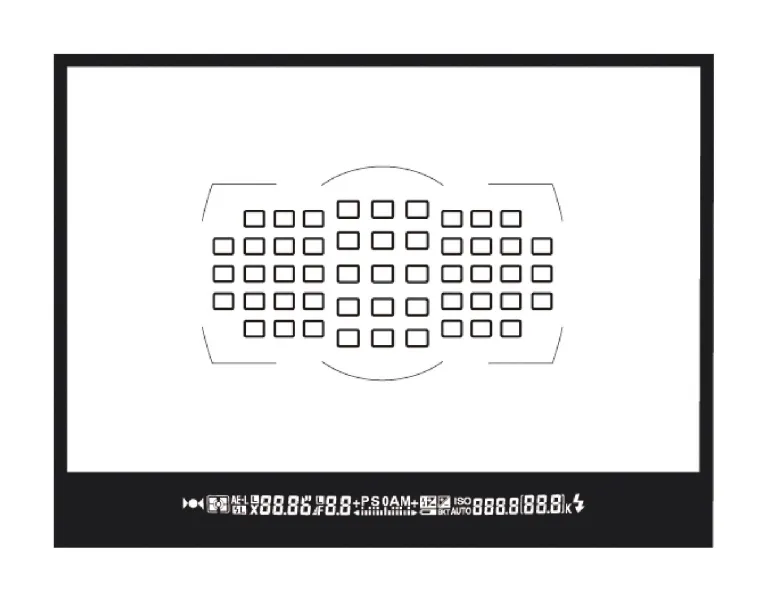Arcade Addiction - Nikon D810 + 24mm f/1.4G Nikkor
Introduction
The Nikon 24mm f/1.4G ED lens was announced in February of 2010. It came out a few years following the release of the D3 and D700; Nikon’s first full frame digital bodies. It was a huge deal to see an ultra fast aperture lens with such a wide focal length. Let me tell you that in 2010, this Nikon 24mm f/1.4 lens was considered the best 24mm full frame lens money could buy, and it was priced accordingly at around £2K! (I paid about half of that in 2015 for a nice new copy). Admittedly a while ago now, however this is a lens that I still use and appreciate to this day across several different disciplines including; portraiture (obviously), landscape and astrophotography. Up until the time of buying this lens I was shooting with a bag of primes (I still do this for portraiture and other photography genres). My then 24mm lens of choice was the 24mm f/2.8D. I know many people dislike it, but they have to judge it for what it is. An old lens design. I still have it in the bag, because it produces a look, and has excellent sunstars and great flaring. It has rough bokeh and the deep corners are not up to modern standards wide open, however centrally it is fantastic straight from f/2.8 and it always gave me a strong 3D impression when shooting with it, in fact I have made some memorable pictures with it in the past and I’ll show one below. That said, I was and am all about aperture, and I just could not resist the lure of this magnificent Nikkor - the 24mm f/1.4G. Click any image on a desktop to see a larger view. On mobile, simply pinch zoom.
Boy in Restaurant - Nikon D800 + 24mm 2.8D
As you can see here, the 24/2.8D is and was plenty sharp centrally, even on a D800 with it’s juicy 36 megapixel sensor. There is simply no reason I would want to see more detail in a portrait on a face. I’ve shot with that lens for many years and knew my way around it in terms of how to get the best out of it. (Hint, focusing at infinity or 1/3 in isn’t necessarily the best advice for landscapes on high resolution sensors). This said, the two extra stops of aperture in the G lens swayed me as I was also becoming heavily into astrophotography. Armed with my D810 at the time, the 24/1.4G was added to my bag and is still in use today.
Cinematic
Personally, I love to capture people and children in a cinematic style. I am a huge cinefile and this influence strongly affects how I shoot weddings also. I’ve always loved using fast aperture lenses because it allows me to most closely match this style. It also gives me the largest advantage in low light, and it gives me options outdoors in bright sunlight to capture pictures in any conditions that look the part and that people will pay for. I learned to shoot using off camera flash to begin with and I am not averse to using it; however I don’t pretend to use it for anything other than very posed studio type work. To capture people that aren’t models in their absolute best light (literally), the most obvious clue of my presence would be a flash going off repeatedly. People act different around a camera and I want to discourage that. I want to blend in. I use aperture to do this. I look for light where possible; for subject, shape and form. If I shoot a wedding, I wait in areas of good light. Then it simply becomes a matter of timing. I do not run about chasing ‘moments,’ nor do I direct them in any sense either, for that style of shooting.
Don’t for a second mistake a lens like this to be about obliterating the backgrounds in photographs. At 24mm, we want context, and gentle separation, and the lens isn’t able to completely dissolve backgrounds unless we are ultra close anyway. Context is so important to a successful picture (depending on the closeness to the subject of course), and the more experienced shooter comes to learn that eventually, once they get over their depth of field obsession (okay some never do). Even considering the background out of focus elements (bokeh), I am placing my subject in a suitable place around the blur. Just look at any cinema. Most of the time there is separation of the subject to the background. This is done by light, the focal plane depth and, the background itself and it’s own contrast. Most of the time in films the director includes the subtle background. Otherwise you simply have subjects’ detached from their surroundings; which rarely tells a good story. The major plus points of this particular lens; are that it keeps contrast a little lower than modern lenses at it’s largest apertures, which better matches the rendering I like from cinema. It still has access to greater contrast, on stopping down, e.g. at apertures such as f/2 and beyond. It is the best of both worlds in this regard. It becomes a dual personality lens in a very real sense.
Imaging Characteristics and Lens Capabilities
First a note on build quality. This lens is really well built. It is mostly very high quality polycarbonate with a metal mount, full sealing and a rubber gasket to seal onto the camera. It’s never skipped a beat in the around ten years I have owned it. I will admit I do baby lenses, so mine still looks as new, however it has been used in adverse conditions consistently - ie by the sea and near beaches. I have had zero problems with it, it still works as the day I bought it. Speaking about the nitty-gritty…The 24mm f/1.4G has fairly controlled spherical aberration for the standard of it’s time, however it is obviously not as well corrected as modern lenses are in that regard. It does produce a bit of glow wide open in certain light, but not much, and I like how it looks. Most of the time, it adds to the subject, and I can simply close the aperture down if I want the effect to dissipate which it does quickly when doing so. The 24 has high level’s of coma and chromatic aberration by modern standards. At the time, this was about the best it got on 35mm format, however things have changed and there are several mirrorless lenses that beat this for astrophotography specifically. The higher coma, is actually advantageous for bokeh qualities, so it certainly pays dividends for portrait work. The lens has a touch of barrel distortion. Not noticeable to the human eye I find unless we put a lot of straight lines into an image right into the top and bottom of the frame. Vignette is quite high, (modern designs don’t improve this though, and are actually worse stopped down than this lens), whereas CA is well controlled. Autofocus is provided by an on board motor, of which mine seems to still work like the day I bought the lens. The lens is sharp at f/1.4, sharp enough for how I like my portraits. I am always after very specific looks with lenses and I dislike the ultra sharp digital look. Take that as the major caveat for where I am coming from when I suggest lenses such as these. I know many share my thoughts. I don’t necessarily put it down to magic, however I use what works for me and you should too. This lens has been invaluable for me for over a decade now because of this. I use it for portraiture, weddings, landscape (landscape less now, as I tend to prefer using the 24-70/2.8S and my Z8). I also use it for astrophotography too. You might wonder why, when I have explained it has quite high levels of coma and astigmatism wide open. Well, this rarely matters much for aurora work, which is done without trackers. With trackers, I just stop the lens down a bit and it cleans up. Ideally I would like a better performance wide open in a 24 for astro and it’s certainly possible; however that would probably affect how it worked for portraiture and the rest of it. In life, we often cannot have everything. I also use the 24 end of a 14-24/2.8S on a Z8 on a tracker if I don’t bring this lens with me. Short story, there are better options for astro only shooting now in 2024 than this lens, however if it’s portraiture, this lens has some undeniable beauty to impart on a scene. The other big thing about this lens is it’s dual personality nature. Wide open some would call it on the softer side, yet stopped down it achieves very good resolution, not quite reaching the absolute best of today however, those lenses can’t do what this lens does between f/1.4-3.5 either.
Here are some genres that I use this lens for:
Landscape
24mm f/1.4 G does Landscape - Check
When I bought this lens, it was pretty close to top of it’s game for landscape. Things have moved on even since, however there becomes a point of diminishing returns. Computer aided optical design has pushed what is possible in recent years, however it doesn’t mean that this lens is obsolete if you seek it’s characteristics and look. Stopped down, this is a perfectly capable lens. Not all lenses are the same at f/8 either; this really is a fallacy because things like CA, especially lateral, do not often improve when stopping down a lens. This lens holds a very solid perfomance from f/4.5-f11, or rather, at ‘landscape’ apertures. It’s rugged build and sealing, also mean with a little care, it just keeps on plugging away as mine has done. (I do recommend wiping any salt spray off as good practice however).
Intimate Details
Lit Leaf - D810 + 24mm f/1.4G Nikkor
At close distances, it is clear as day to see the undeniable attributes this lens can bring to an image. I am very close to this leaf here, and have very little depth of field to play with, even at 24mm. It’s a strange place to be in some ways. The background takes on a soft gaussian blur effect naturally; however it is still very important to compose with the background, rather than against it. Place scene elements so they make compositional sense within the bokeh background. Don’t be hap-hazzardly throwing your aperture about the place now.
Night and Astrophotography
Forth Rail Bridge - 24mm 1.4G Nikkor
For this type of night picture, I am stopped down - to f/16 here to get a nice depth of field and sunstars. The lens like any, will be diffraction affected at this aperture but I wanted to get the sunstar effect, so that took priority here. This lens works well in these conditions - the lens hood offers protection from some of the elements, as does the sealing. Just wipe it down after when near salt spray. For astrophotography, it works, however it has plenty of coma / astigmatism (winged stars) in the corners wide open. It’s just an older design in that regard and you will expect to see this when shooting with it for astrophotography. Unless of course you do a panorama. If using it this way, the edge frames are often cropped off when stitching; this means we see better performance. This shot below is taken at blue hour on the North of Scotland, with some faint Aurora appearing on the horizon.
Astrophotography Panorama with the 24mm f/1.4G
Portraiture
The Arcade Kid - Nikon D810 + 24mm f/1.4G Nikkor
Here is another arcade shot - yeah we like arcades here a lot! Notice the very real difference between this and the 24mm 2.8D picture I showed earlier in this article? The 1.4G produces a very soft, gaussian / painterly bokeh behind a subject at close to medium distances in the frame, which, at these wide apertures it works it’s magic. The 2.8D produces a much more subtle, and rougher background. I’m going to be controversial and say I still do not dislike the 2.8. It’s just different. Options are good. I happen to think that the D shot earlier wouldn’t be made any better by using the 1.4G.
So there you have it. I am a serious astrophotographer - landscape - portrait - wedding shooter all rolled into one and this still seems to work for me. Bear in mind for astro work in isolation there are better options, also consider that I have access to a 14-24/2.8S on my Z8. I keep the 1.4 for the aperture boost on my D800/D810 for aurora etc. For portraiture, weddings, people; there is this lens, which still do this day produces a look which is undeniable in it’s beauty. This at the end of the day is what I am all about. Not the spec sheets, the calculated MTF graphs, not the jargon, but the image rendering characteristics that I can plainly see with my own eyes. And boy do I see it with this one.
If you enjoyed this article, consider following me on Instagram or Facebook.
Steve














